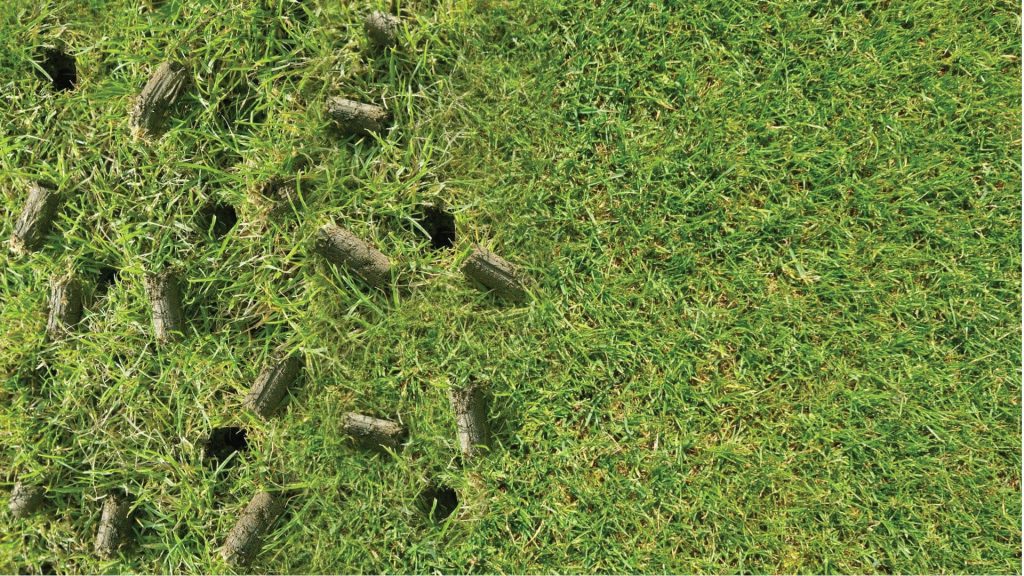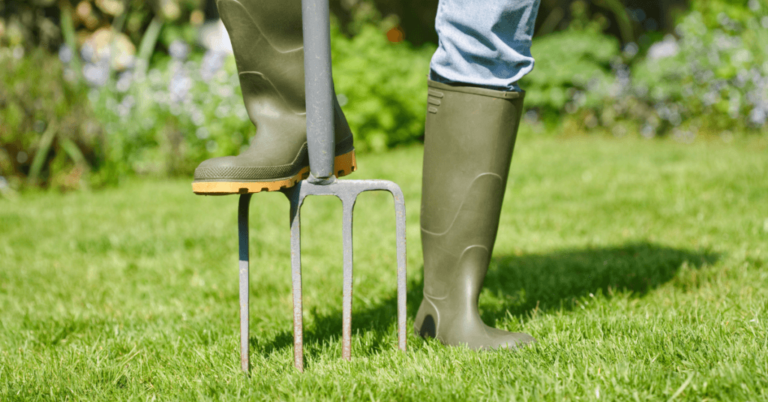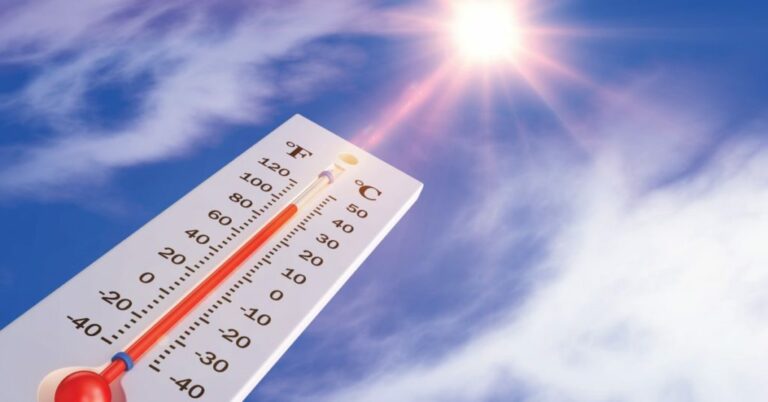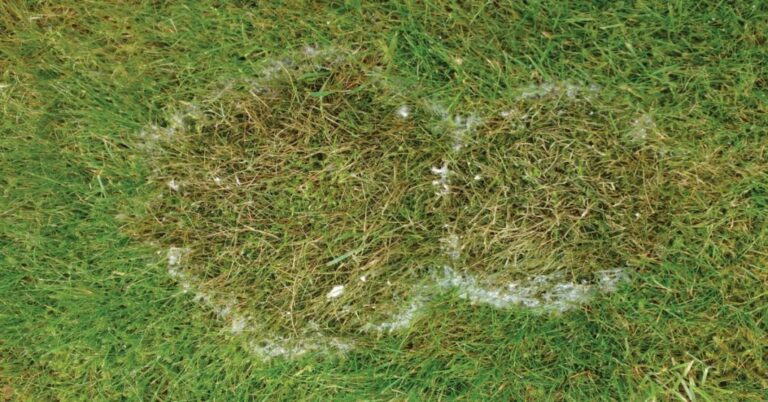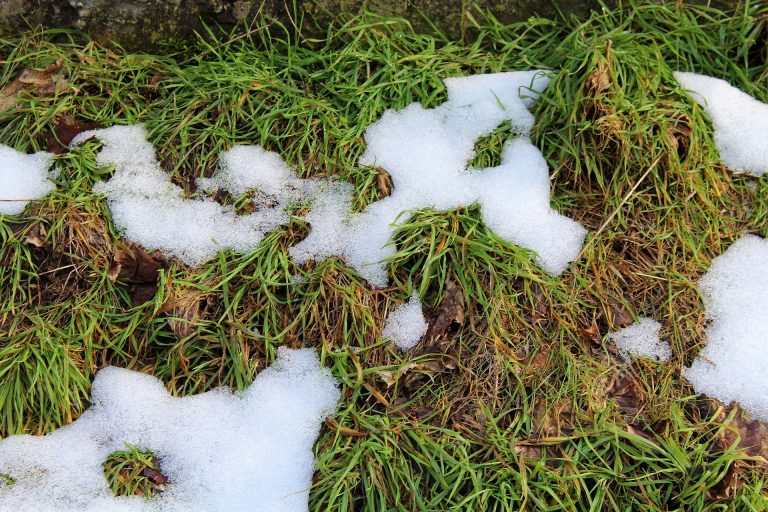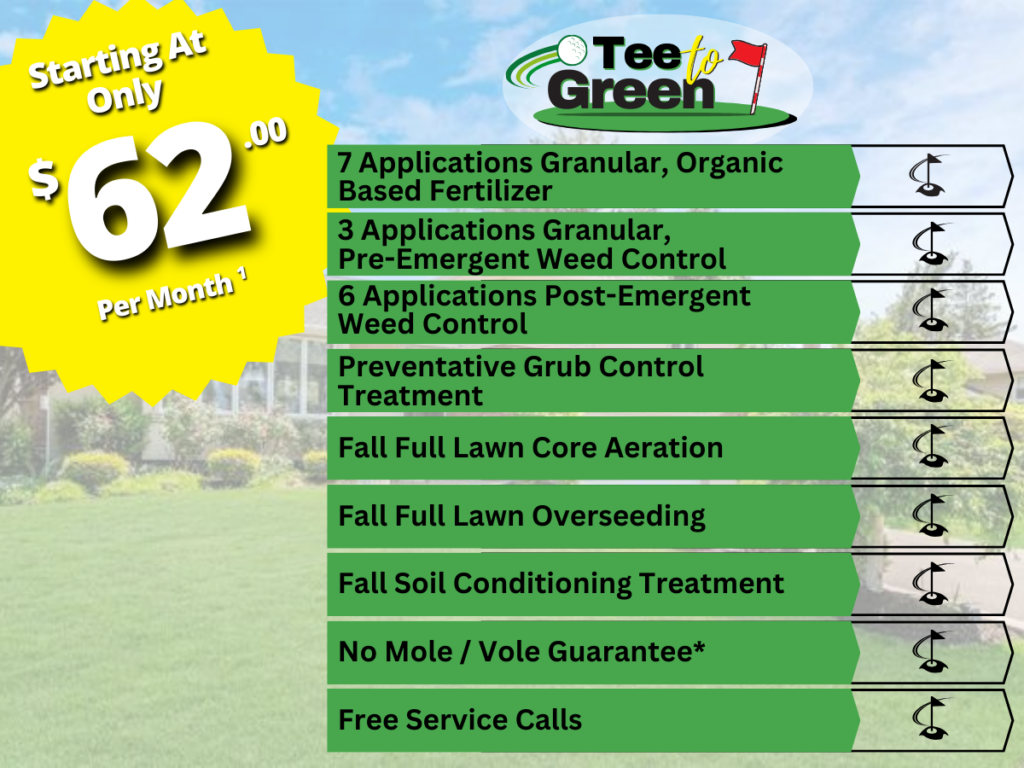Aeration Vs. Dethatching: Which Is Best For Your Lawn
Homeowners often debate on which lawn care service is best for their lawn: aeration vs dethatching. Both are used to improve the health of your lawn, but the two services are very different. Dethatching can be hard on your lawn while aerating is a simpler process, and grass rebounds quickly
If you are wondering about aeration vs dethatching, and which option is best for your lawn, then learning the differences between the two will help you make the best decision. First, you need to understand what exactly aeration and dethatching are.
What Is Aeration?
Soil can become compacted over any number of reasons. Compacted soil becomes harder for water to get through to the soil, which can stunt grass growth. Aeration gives the grass access to nutrients, air, and water, allowing deeper and more vigorous root growth.
Your lawn might need aeration if:
- Your yard experiences heavy foot traffic. Pets and children running around the yard contribute to soil compaction.
- Your yard consistently dries out quickly and has a spongy feel when you walk upon it. This issue might mean that your lawn has a thatch problem, and water is not dispersing into the soil as it should.
- There are puddles through-out your yard. Pools of water are a sign that water is not dispersing into your soil as it should.
After aerating, it is essential to continue basic lawn care practice, including proper fertilizing, mowing, and watering.
What Is Dethatching?
Thatch is the layer of dead leaves, grass, roots, and rhizomes that gathers between the soil surface and grass blades. Over time, thatch forms a thick cover that stops water and airflow from reaching the depths of the soil. A small amount of thatch is reasonable and beneficial for your yard. A thin layer of thatch will make the lawn more resilient against wear and tear.
Extreme thatch buildup leads to several problems:
- It promotes disease-causing fungi and insects.
- It also holds on to humidity. Too much moisture promotes disease.
- It restricts root growth and movement of air, water, and nutrients in the soil.
Many factors can cause thatch on your lawn, including:
- Frequently watering the lawn.
- Infrequently mowing more than 1/3 of the grass blade.
- Using too much lawn herbicides and fungicides. Both of these products have been proven to kill microbial activity in soils.
Aeration Vs. Dethatching
Both lawn care services use different types of equipment. While dethatching, the equipment, called a dethatcher, will run through your lawn and tear out the thatch layer. Unfortunately, the dethatcher will not only tear our the thatch layer but also a significant amount of healthy grass, causing damage to the lawn.
Aeration service, however, works differently. The equipment, called a core aerator, removes small cores of soil throughout the lawn. Aeration helps loosen the soil and helps decompose the excessive thatch layer at a faster rate.
Both services accomplish a similar goal, but lawn aeration does so without the possibility of damaging your lawn in the way that dethatching would.
How Tee Time Lawn Care Can Help
Now that you know aeration is the right choice for your lawn, you may also be debating on aerating on your own or hiring a lawn care service. Many homeowners discover that hiring a professional is not much more costly than doing it themselves. Tee Time Lawn Care will give you the confidence that the aeration is performed correctly and giving your lawn the best results. To keep your lawn looking it’s best, visit our Tee Time Lawn Care aeration service page to get a quote.

